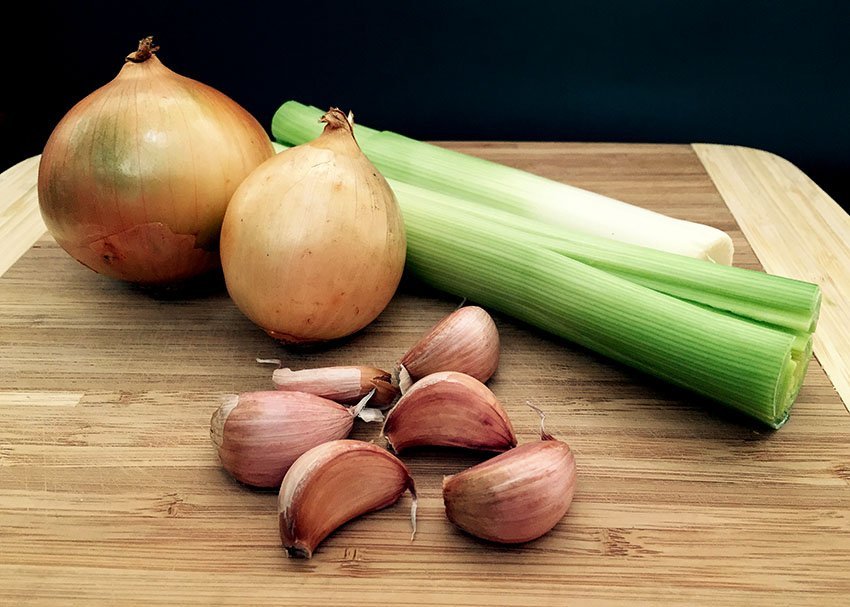
What are prebiotic foods and why are they good for tummies?
We have been told for a very long time now that fibre is good for us. That’s one of the many reasons we are encouraged and that we encourage others to eat fruit and vegetables. We know that a higher fibre diet is correlated with reduced risk of developing diabetes, of heart disease and arthritis to name a few ailments. However the mechanism for these benefits is now being understood to a greater degree and depth than ever before. It turns out that fibre doesn’t offer the majority of its beneficial effects directly to cells of the body as we once thought. In fact much of the fibre we eat feeds the billions of bacteria in our guts instead. It keeps the gut bacteria happy and means that our digestion and immune systems stay in good working order.
Another name for these kinds of fibrous foods is prebiotics. These are the un-digestible plant fibres that we consume. It is their job to provide the fuel for probiotic bacteria to thrive. The more food, or prebiotics, that probiotics have to eat, the more efficiently these live bacteria work and the healthier your gut will be. A diet devoid of fruit and vegetables is likely to be low in fibre. This means that the species that depend on dietary fibre starve, as do the other species that depend on them. Some species may switch to feeding on the host’s own mucus. The huge downside of this is that with less food, intestinal cells grow more slowly. Furthermore, without a steady stream of chemical signals from bacteria, the cells slow their production of mucus and bad bacteria-killing chemicals. As a result, bad bacteria are allowed closer and closer to the intestinal wall, and the immune system kicks into a much higher gear which can cause inflammation, leading to disease.
The good news is that your children will hopefully already be consuming prebiotics but you may not have specifically identified these foods as being helpful to gut, and therefore overall, health. You see, prebiotics naturally exists in many foods. The most common type of prebiotic is from the solube fibre inulin. Inulin is common in plants such as asparagus, garlic, leek, onion, artichoke. Other food sources of prebiotics include:
- green bananas
- green plantains
- berries
- flax
- onions
- garlic
- leeks
- greens
- asparagus
- legumes
- whole grains
- cold cooked rice
- cold cooked potatoes
So if you’ve ever wondered why dietary fibre is important you should have a much better understanding of why now. Also, you know to encourage children to consume more fibre in their diets. You can use onion, garlic and leeks as the basis for many soups, casseroles, stews and sauces, prepare rice and potato salads for lunches and picnics. Include lots of green vegetables in evening meals and salads. Use legumes in soups, curries and stews.
